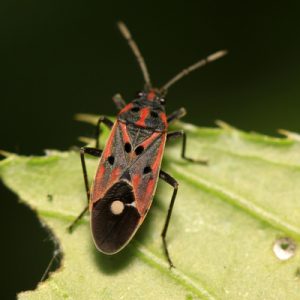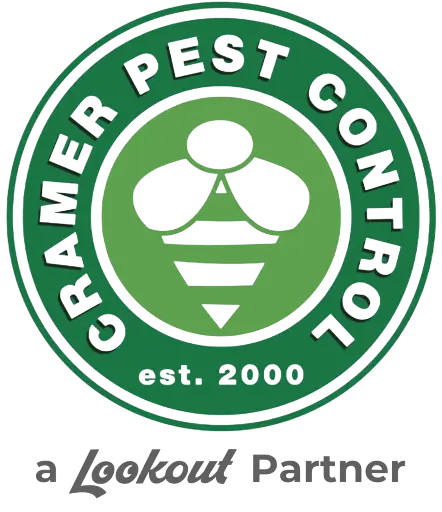It’s a new year which means a fresh start to your lawn care goals. But no matter how much money, time, and effort you put into lawn care this year, it won’t mean anything if you have lawn pests. Seeing a few pests here and there may not be a big deal but when there is an infestation, then you have a problem. Lawn pests in North and South Carolina can cause lasting damage to your lawn that can take anywhere from a few weeks to months to fully grow back. The best thing you can do is know the signs and take action before it becomes an issue.
Grubs
Every homeowner knows the destructive power of grubs. They can live in your lawn for years and years costing thousands of dollars in damage. Here in the Carolinas, the most common type of lawn grub is the larvae of the Japanese beetle and June Bugs. These beetles emerge from the ground in late May and feed on the foliage of trees and bushes. Then they mate and lay eggs back in the soil they came from, ensuring another generation of grubs will feast on your lawn beginning in the fall. Grubs also attract predator animals that feed on them such as skunks, birds, raccoons, and moles who can cause more physical damage to your lawn than grubs can in a shorter amount of time.
Mole Crickets
One pest unique to our lawns is the mole cricket. Mole crickets are strange looking insects that have an unassuming name. Indeed, these creatures look like they came out of a nightmare and yet they do not harm humans. But they can harm your yard. Mole crickets get their name from the way they use their large front claws to burrow under sod. They dig at night to feed on grass and small insects. Their activity can disturb the roots of grass and plants causing them to decline or  wilt.
wilt.
Chinch Bugs
Chinch bugs are tiny insects that feast on most grass types found in the Carolinas including Kentucky bluegrass, perennial ryegrass, fescues, Zoysiagrass, and Bermuda grass. Lawns affected by chinch bugs resemble lawns suffering from drought. Chinch bugs use their mouths to suck moisture and nutrients from grass blades. While they feed they inject a poison into the blades that disrupts water movement, causing the grass to wither and die. As the grass dies, the insects will move to the edges, making the dead patches seem to grow in shape and merge with others.
Moles
You can’t talk about grubs without talking about moles. Moles are considered a lawn pest in the US because of the large amounts of damage they can cause to your lawn. Moles feed on grubs and other insects dwelling under your grass. As they spend their day hunting for food, they burrow under your yard, disrupting the tender roots of your grass. Signs of moles can include raised tunnels that are squishy underfoot and large amounts of dirt pushed into mounds on the surface. To control moles, use several mole traps and set them most recently constructed tunnels. To find a tunnel that is still in use just flatten some visible tunnels and check the next day to see if it is raised again. If so then the tunnel is still active and you can set your trap.
Hire The Pros At Cramer Pest Control
If you are facing a pest problem inside your home, yard, or place of business, call the professionals at Cramer Pest Control. We have years of experience battling pests of all shapes and sizes.
Are you tired of losing money because pests are destroying your inventory? Call and ask about our commercial pest control and get your business back under control.
Just call us at one of our two locations (704) 763-0204 North Carolina, (803) 802-7540 South Carolina or you request more information on our site.
Worst Lawn Pests in North Carolina and South Carolina
Protecting North Carolina and South Carolina
